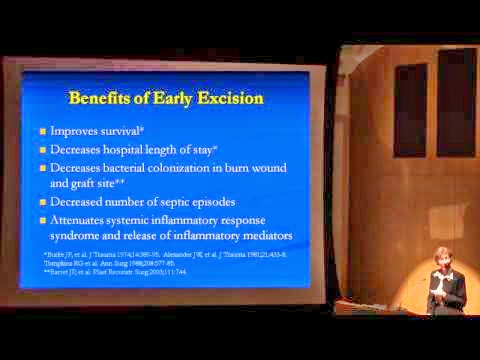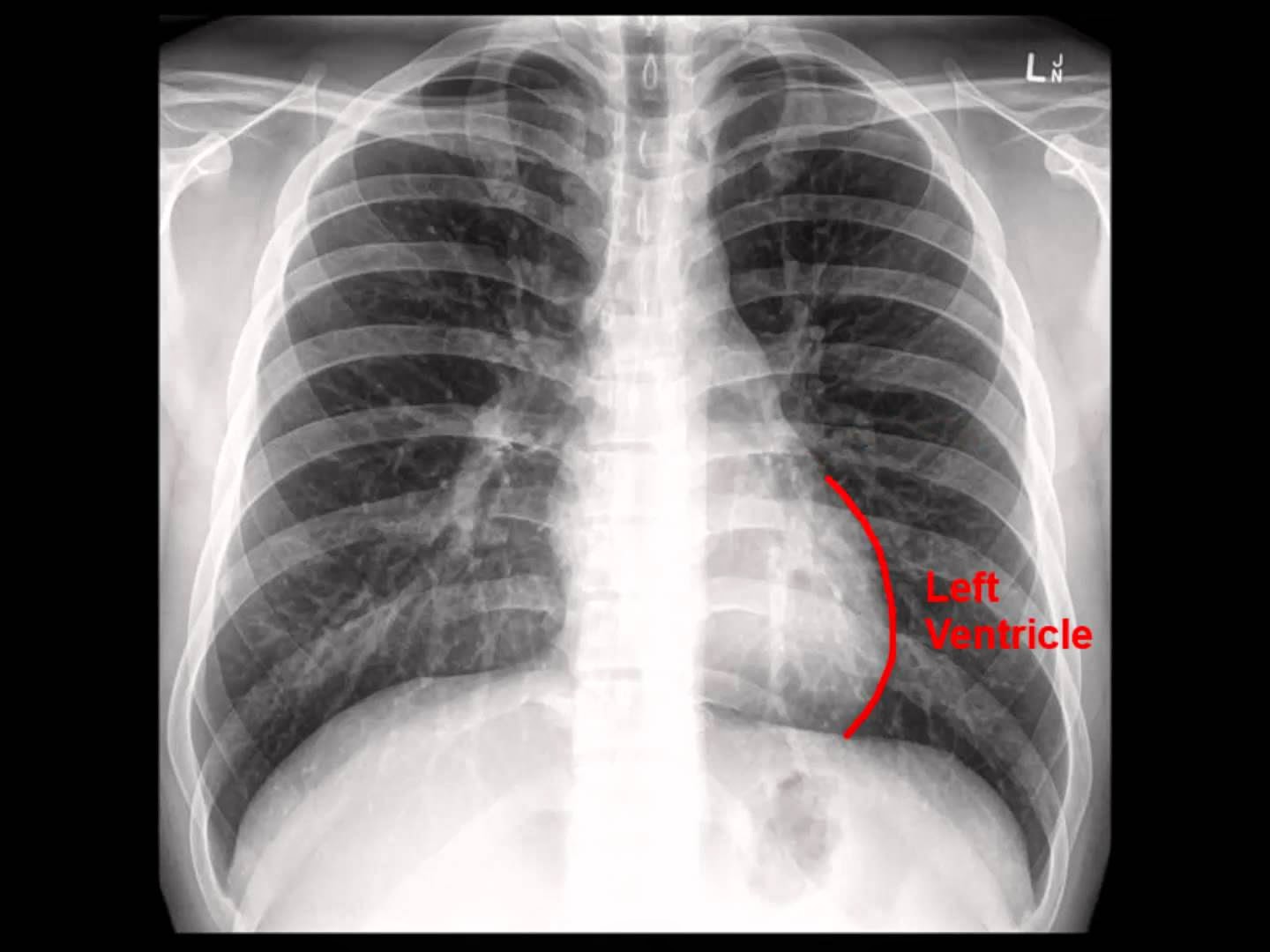Tina L. Palmieri, MD, FACS, FCCM Associate Professor and Director at
University of California Davis and Assistant Chief of Burns at Shriners
Hospital for Children Northern California, presenting lecture "How to
Achieve an LD50 of 98% TBSA Burn: Are We There Yet?", in August 3, 2011
at The 9th Annual John F. Hansbrough Memorial Lecture, Goldberg
Auditorium, UCSD Moores Cancer Center, La Jolla, California
Draining Bulla On Palm
Thoracoscopic (VATS) wedge resection of Fungal Ball (Mucormycosis) Left Upper Lobe
Chest X-ray: Analysis in a nutshell
Video illustrating a systematic approach to the interpretation of chest radiography. Exemplifies the most important steps such as checking the patients information, identifying the type of film used and the technical quality of the film. Also exemplifies the alphabet system, which is the most commonly used and requires analysis of the: Airways, Bones, Cardiac silhouette, Diaphragm, Edge of the heart, Fields of the lung, Gastric bubble, Hila and Instruments (A,B,C,D,E,F,G,H,I).
Layers of the epidermis
 Lecture showing the 5 layers of the epidermis: basale, spinosum, granulosum, lucidum, corneum. The layers are showed on diagrams and in pictures taken by the use of light microscopy. The cells of the epidermis are also showed: Keratinocytes, Melanocytes, Merkell cells, Langherhans cells. Presents the difference between thick skin and thin skin.
Lecture showing the 5 layers of the epidermis: basale, spinosum, granulosum, lucidum, corneum. The layers are showed on diagrams and in pictures taken by the use of light microscopy. The cells of the epidermis are also showed: Keratinocytes, Melanocytes, Merkell cells, Langherhans cells. Presents the difference between thick skin and thin skin.
Subscribe to:
Comments (Atom)


+wedge+resection+of+Fungal+Ball+(Mucormycosis)+Left+Upper+Lobe.jpg)
